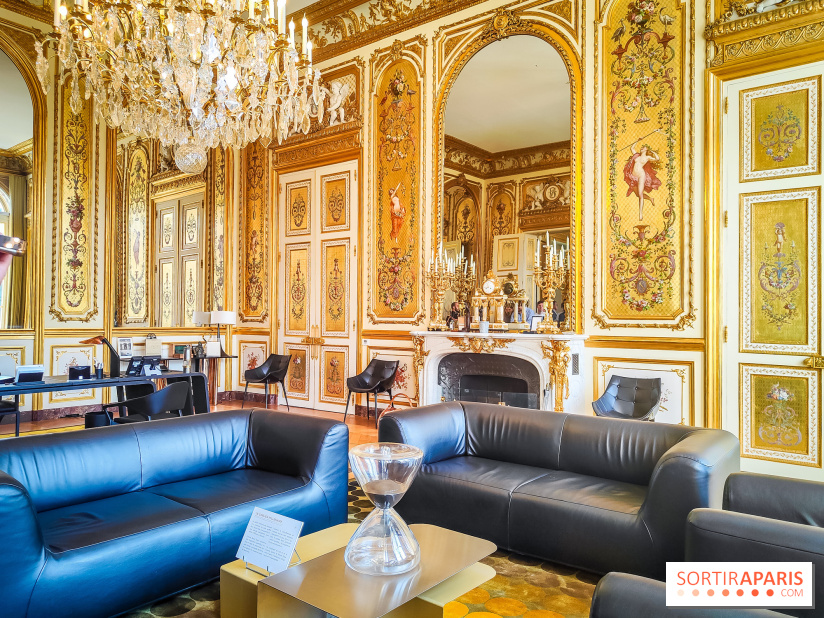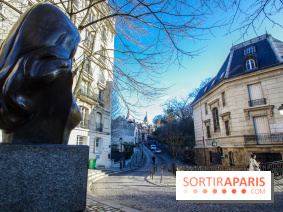A long time ago, before smartphones and virtual assistants were part of every household, hourglasses were commonplace. Whether used to measure the cooking time of a boiled egg, or to time a game of charades, hourglasses were frequently used in everyday life.
The hourglass at the Élysée Palace, on the other hand, is likely to find it hard to find a use for. In the gilded salon, which serves as the office of the President of the Republic, we can admire a curiosity as artistic as it is philosophical.
You may already have seen it if you took part in the Heritage Days tours. The millennium hourglass stands opposite the head of state's desk. Created in 2021 by French artist Benoît Pype, the millennium hourglass has been running continuously since its creation. However, its sand has never yet flowed out completely, and for good reason: it is expected to take a thousand years to pour out in its entirety.
The millennial hourglass is actually filled with a resinous fluid, which takes a very long time to separate: a drop forms and falls every ten years on average, according to the artist's predictions and the scientific studies that inspired this work. One drop per decade, and a millennium to empty an hourglass: who will be there to verify that this artistic experiment worked in 100, 200, 800 years' time?
That's what this project is all about. For the hourglass to fulfil its function, it must be preserved, protected, and humanity must endure to see it change. Benoît Pype is betting on the future, but also on our instinct to survive. Indeed, the fluid contained in the hourglass liquefies more rapidly if the temperature rises. The work also acts as an almost ominous countdown: global warming could literally shorten our time on Earth.
Whether it's a warning or a message of hope, this millennial hourglass is for all to see: the artist has given us a rendez-vous in a thousand years' time, same day, same time, same presidential office.
Location
Elysée Palace
55, rue de Faubourg-Saint-Honoré
75008 Paris 8



















